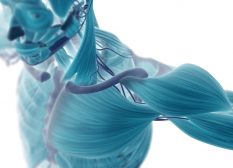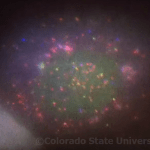molecular structure
The location of the atoms, groups or ions relative to one another in a molecule, as well as the number and location of chemical bonds.
You will also like...
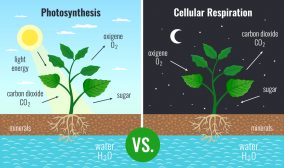
Plant Metabolism
Plants are responsible for incredible feats of molecular transformation. Plant processes, such as photosynthesis, photophosphorylation, chemiosmosis, carbon fixing reactions, respiration, are presented in this tutorial...
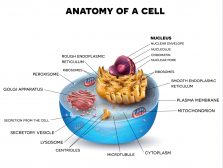
Biological Cell Introduction
It only takes one biological cell to create an organism. A single cell is able to keep itself functional through its 'miniature machines' known as organelles. Read this tutorial to become familiar with the different cell structures and their functions...
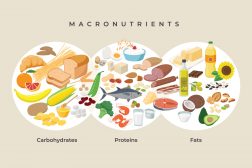
A Balanced Diet – Carbohydrates and Fat
Apart from vitamins, the human body also requires high energy sources such as carbohydrates and fats. If you want an overview of the different carbohydrates and fats the body needs, read this tutorial...
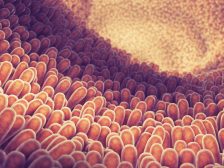
Digestion and Absorption of Food
The gastrointestinal system breaks down particles of ingested food into molecular forms by enzymes through digestion and then transferred to the internal environment by absorption. Find out more about these processes carried out by the gastrointestinal system through this tutorial...
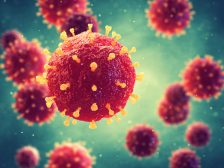
Biological Viruses
Viruses possess both living and non-living characteristics. This unique feature distinguishes them from other organisms. They require other organisms to host themselves in order to survive and as such, they are regarded as obligate parasites. Learn more about viruses and cell assimilation in this tutorial...
